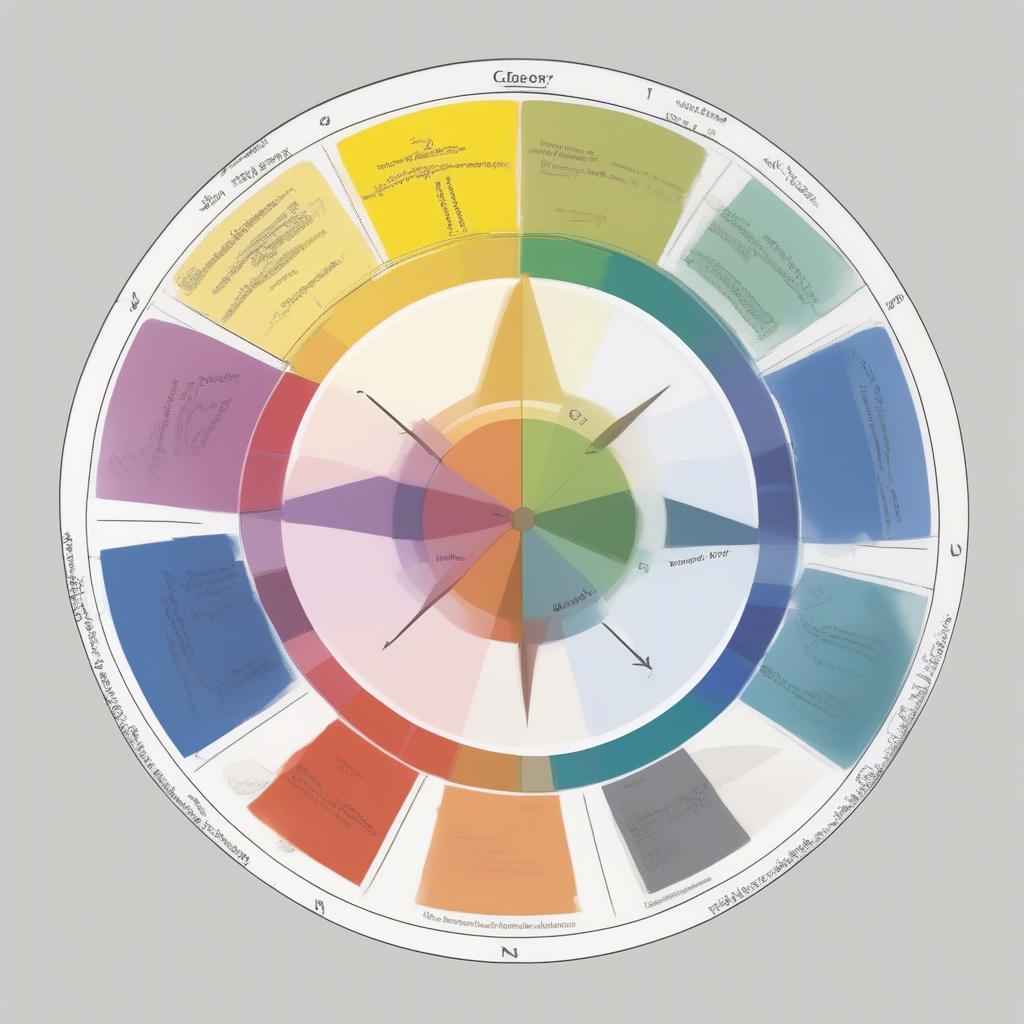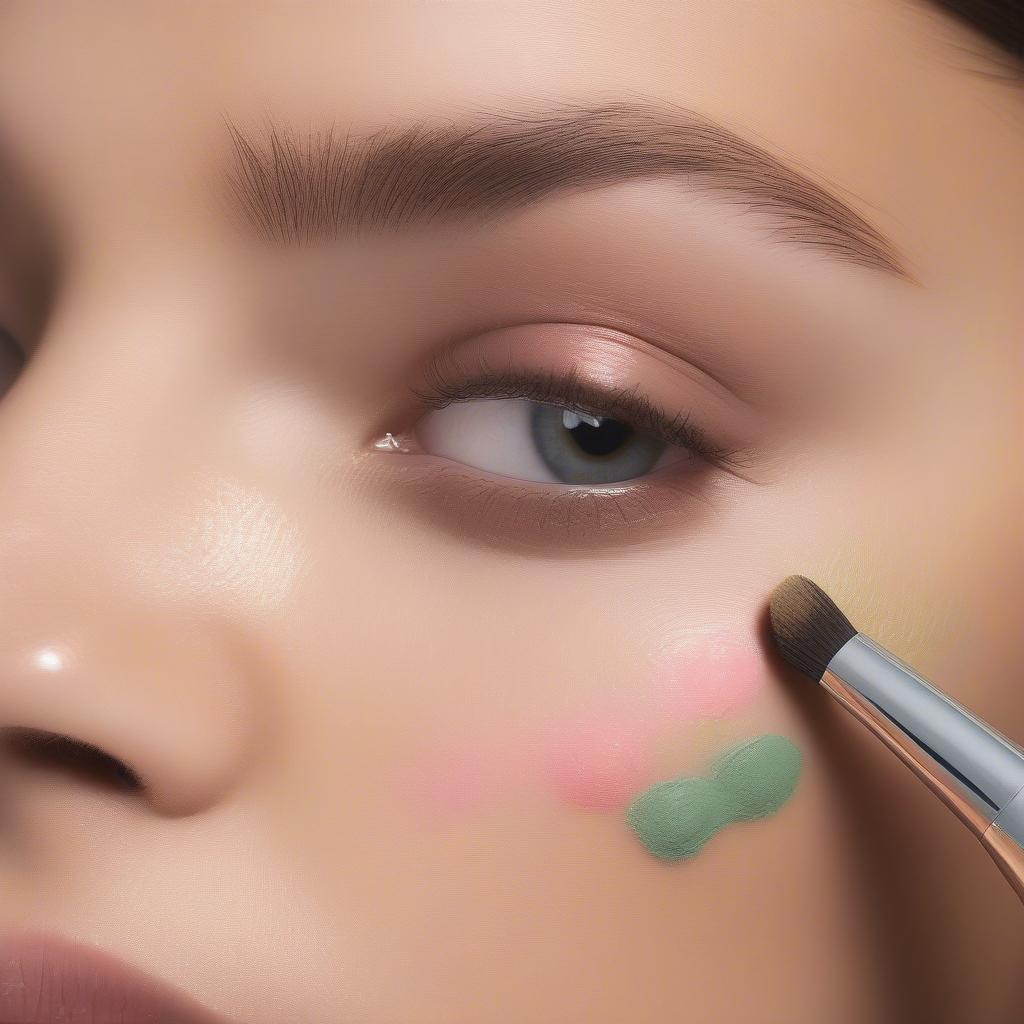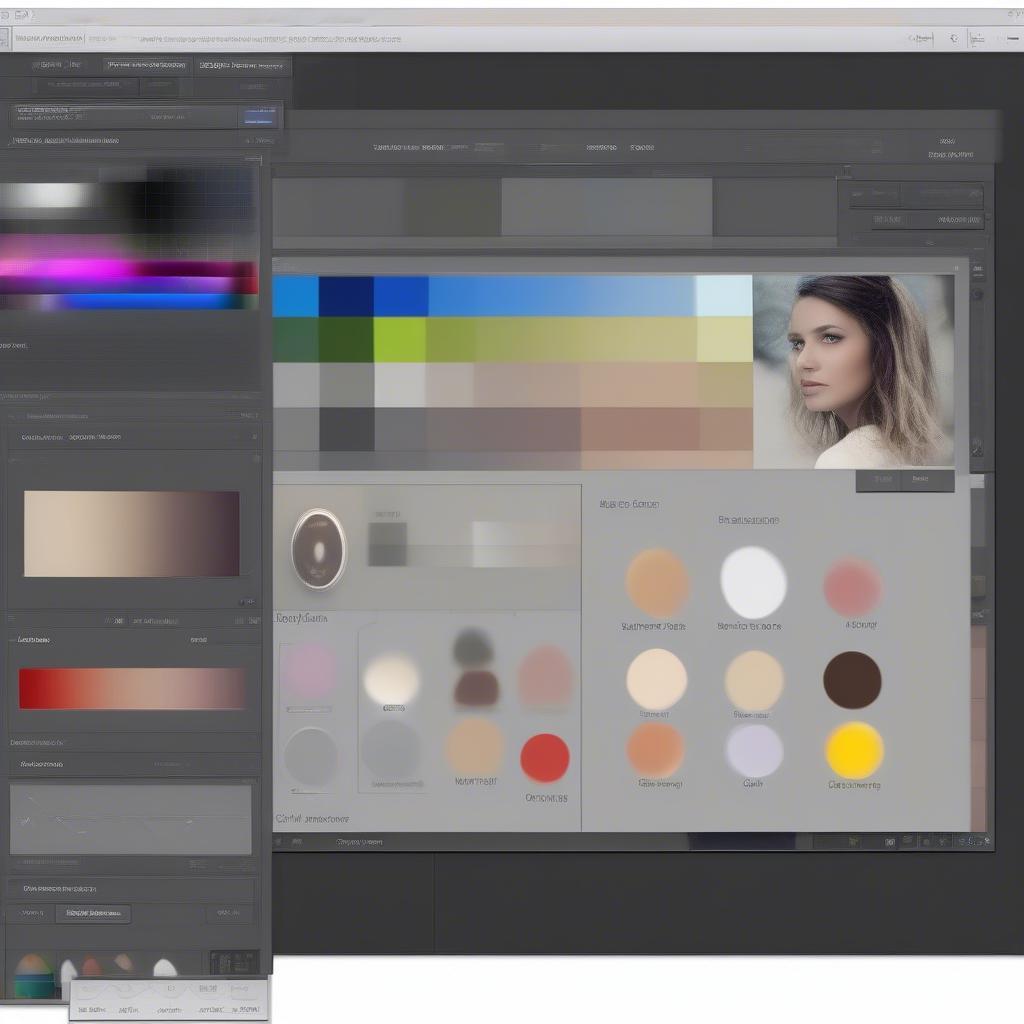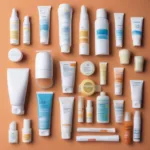
Mastering the Color Corrector Wheel: Your Guide to Perfect Skin Tones and Vibrant Colors
- AmazoniaSilva
- Tháng 12 12, 2024
- Zodiac signs
- 0 Comments
The Color Corrector Wheel is a must-have tool for anyone serious about makeup or photo editing. It’s the key to neutralizing unwanted colors, achieving flawless skin, and creating truly vibrant images. Whether you’re battling dark circles, redness, or sallowness, understanding this powerful tool can transform your makeup routine and editing process.
Decoding the Color Corrector Wheel
 Color Corrector Wheel Basics
Color Corrector Wheel Basics
The color corrector wheel is based on the principle of complementary colors. These are colors that sit opposite each other on the wheel and neutralize each other when mixed. For example, green neutralizes red, orange neutralizes blue, and purple neutralizes yellow. This knowledge allows you to strategically target specific discolorations and achieve a balanced complexion.
Targeting Specific Skin Concerns with the Color Corrector Wheel
Different skin concerns require different color correctors. Here’s a breakdown of the most common issues and their corresponding solutions:
- Dark Circles: For bluish or purplish dark circles, opt for an orange or peach corrector. The orange tones counteract the blue/purple hues, brightening the under-eye area. For reddish-brown dark circles, a yellow corrector is more effective.
- Redness: Green is your go-to color for neutralizing redness caused by blemishes, rosacea, or broken capillaries. Apply a small amount of green corrector directly to the affected areas before foundation.
- Sallowness (Yellowing): Purple corrector combats sallowness by neutralizing yellow undertones. This can help brighten the complexion and give skin a healthier glow.
- Hyperpigmentation (Dark Spots): Depending on the shade of the hyperpigmentation, you can use orange, peach, or pink correctors to even out skin tone.
How to Use a Color Corrector Wheel: A Step-by-Step Guide
- Identify your skin concern: Determine the discoloration you want to target. Is it redness, dark circles, or sallowness?
- Choose the right corrector: Refer to the color wheel to find the complementary color for your specific concern.
- Apply sparingly: Use a small amount of corrector, focusing on the areas that need it most.
- Blend thoroughly: Blend the corrector seamlessly into your skin using a brush, sponge, or your fingers.
- Apply foundation: Once the corrector is blended, apply your foundation as usual.
 Applying Color Corrector
Applying Color Corrector
Beyond the Basics: Advanced Color Correction Techniques
While the basic principles of color correction are relatively straightforward, there are more advanced techniques that can further enhance your results. For example, layering different correctors can help address complex discoloration issues. You can also mix correctors to create custom shades that perfectly match your skin tone.
“Layering color correctors is a game-changer for achieving a truly flawless complexion,” says renowned makeup artist, Amelia Reed. “It allows you to address multiple concerns simultaneously and create a more natural-looking result.”
Color Correction for Photography and Video Editing
The color corrector wheel isn’t just for makeup artists. It’s also an essential tool for photographers and videographers. purple color correction can help you correct color casts, balance skin tones, and enhance the overall aesthetic of your images and videos.
 Color Correction Software
Color Correction Software
Conclusion: Unleashing the Power of the Color Corrector Wheel
The color corrector wheel is a powerful tool that can transform your makeup routine and editing workflow. By understanding the principles of complementary colors and choosing the right correctors for your specific concerns, you can achieve flawless skin tones, vibrant colors, and truly captivating images. So, embrace the power of the color wheel and unlock your full creative potential.
FAQ
- What is the best way to apply color corrector?
- Can I use color corrector without foundation?
- What if I choose the wrong color corrector?
- How do I know which color corrector is right for my skin tone?
- What are the different types of color correctors available?
- Can I mix different color correctors together?
- How do I prevent color corrector from creasing?
“Understanding color theory is the foundation of effective color correction,” adds Amelia Reed. “It empowers you to make informed decisions and achieve truly professional results.”
For any further assistance, please contact us at [email protected] or visit our office located at Fifth Avenue, 34th Floor, New York, NY 10118, USA. We have a 24/7 customer service team available to help.

